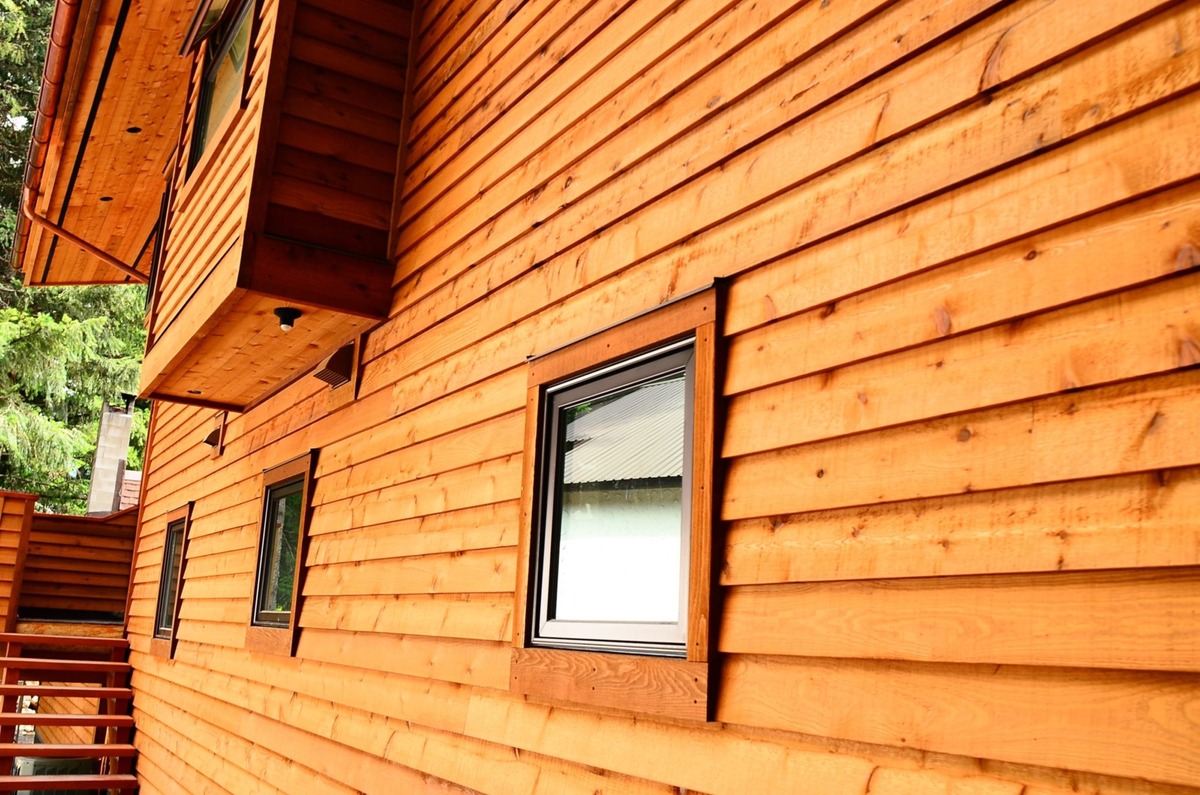

Articles
How Many Years Does Cedar Siding Last
Modified: December 7, 2023
Learn how long cedar siding can last and get expert advice in our articles. Discover tips and maintenance techniques to extend its lifespan.
(Many of the links in this article redirect to a specific reviewed product. Your purchase of these products through affiliate links helps to generate commission for Storables.com, at no extra cost. Learn more)
Introduction
Cedar siding is a popular choice for homeowners due to its natural beauty, durability, and ability to withstand various weather conditions. It adds a touch of elegance and rustic charm to any home, making it a timeless option for exterior cladding. If you’re considering using cedar siding for your home, you may be wondering how many years it will last and what factors can affect its lifespan.
While cedar siding is known for its longevity, it is important to understand that the lifespan of cedar siding can vary depending on several factors. These factors include the quality of the cedar used, the installation techniques employed, and how well it is maintained over time.
In this article, we will explore the various factors that can impact the lifespan of cedar siding, provide tips on proper installation techniques, discuss regular maintenance practices, and identify signs of deterioration. We will also share some key strategies to help you extend the lifespan of your cedar siding and keep it looking beautiful for years to come.
Key Takeaways:
- Factors such as the quality of cedar, climate, installation techniques, and maintenance practices all influence the lifespan of cedar siding. By choosing high-quality cedar, ensuring proper installation, and conducting regular maintenance, homeowners can prevent common issues and extend the siding’s longevity.
- Regular maintenance, including cleaning, applying protective finishes, and addressing damage promptly, is crucial for preserving the integrity and appearance of cedar siding. Seeking professional inspections and guidance can help identify underlying issues and provide tailored recommendations to extend the lifespan of the siding.
Factors Affecting the Lifespan of Cedar Siding
The lifespan of cedar siding can be influenced by several key factors that homeowners should take into consideration. Understanding these factors can help you make informed decisions about the type of cedar siding you choose and how to properly care for it. Here are some of the primary factors that can affect the longevity of cedar siding:
- Quality of Cedar: The quality of the cedar used for your siding can significantly impact its lifespan. Cedar is available in different grades, with higher grades offering better durability. Clear cedar, which has minimal knots, is considered the highest grade and can last longer than lower grade options.
- Climate and Weather: The climate and weather conditions in your area can have a significant impact on the lifespan of cedar siding. Cedar is naturally resistant to moisture, but excessive exposure to rain, snow, and humidity can cause it to deteriorate more quickly. Harsh sunlight, extreme temperature fluctuations, and high winds can also affect its longevity.
- Proper Installation Techniques: The way cedar siding is installed plays a crucial role in its lifespan. Improper installation can lead to moisture infiltration, warping, and other issues that can shorten the lifespan of the siding. It is essential to hire experienced professionals or follow detailed installation guidelines to ensure the siding is installed correctly.
- Moisture Management: Proper moisture management is vital for preserving the integrity of cedar siding. Moisture that seeps into the wood can lead to rot, mold, and insect infestation, significantly reducing its lifespan. Adequate spacing between the siding boards, proper caulking, and regular inspection for any signs of moisture damage are essential for maintaining the longevity of cedar siding.
- Maintenance and Upkeep: Regular maintenance is crucial for prolonging the lifespan of cedar siding. It is recommended to clean the siding annually to remove dirt, debris, and mildew. Additionally, applying a protective finish or stain every few years can help seal the wood and provide added protection against the elements.
By considering these influential factors and taking the necessary steps to address them, you can ensure that your cedar siding remains in excellent condition and lasts for many years to come.
Proper Installation Techniques
The proper installation of cedar siding is crucial for ensuring its longevity and maintaining its aesthetic appeal. Here are some essential techniques to consider when installing cedar siding:
- Choose the right fasteners: When installing cedar siding, it is important to use stainless steel or hot-dipped galvanized nails or screws. These materials are resistant to rust and corrosion, ensuring that the fasteners hold the siding securely in place over time.
- Allow for proper ventilation: Good airflow behind the cedar siding is essential for preventing moisture buildup and reducing the risk of rot. Use furring strips or a rain screen system to create a gap between the siding and the wall. This allows for air circulation, ensuring the wood remains dry and minimizing the potential for damage.
- Apply a moisture barrier: Before installing the cedar siding, it is advisable to apply a moisture barrier to the exterior wall. This helps prevent water infiltration and provides an extra layer of protection against moisture-related issues.
- Follow the manufacturer’s instructions: Different types of cedar siding may have specific installation instructions provided by the manufacturer. It is essential to carefully read and follow these guidelines to ensure proper installation and maximize the lifespan of your cedar siding.
- Seal all edges and joints: Any gaps or joints in the cedar siding should be properly sealed to prevent moisture infiltration. Use high-quality caulk or sealant to seal all edges, corners, and joints, creating a watertight barrier that helps protect the wood from the elements.
- Maintain proper siding overlap: When installing cedar siding, ensure that each plank overlaps the previous one properly. This helps prevent water from seeping behind the siding and reduces the risk of moisture-related issues such as rot or mold growth.
- Consider professional installation: If you are not experienced in installing cedar siding, it is highly recommended to hire a professional contractor. They have the expertise and knowledge to ensure proper installation, minimizing the risk of potential issues that could impact the longevity of the siding.
By adhering to these proper installation techniques, you can help ensure that your cedar siding is installed correctly, allowing it to withstand the test of time and maintain its beauty and durability for years to come.
Regular Maintenance Practices
Regular maintenance is essential for preserving the beauty and prolonging the lifespan of cedar siding. Here are some key maintenance practices to keep in mind:
- Inspect for damage: Regularly inspect your cedar siding for any signs of damage, such as cracks, splits, or decay. Catching these issues early can prevent further damage and extend the lifespan of the siding.
- Keep it clean: Clean your cedar siding at least once a year to remove dirt, dust, and mildew. Use a soft brush or a low-pressure power washer with a mild detergent solution to gently clean the surface. Avoid using abrasive cleaners or high-pressure water, as they can damage the wood.
- Trim vegetation: Trim any vegetation, such as tree branches or shrubs, that may be touching or overhanging your cedar siding. Over time, these can trap moisture against the wood, leading to decay or mold growth.
- Address mold and mildew: If you notice any mold or mildew on your cedar siding, address it promptly. Use a mixture of water and bleach or a commercial mold and mildew cleaner to remove the growth. Rinse thoroughly and allow the siding to dry completely before applying any protective finishes or stains.
- Apply protective finishes: Applying a protective finish or stain to your cedar siding can help seal the wood and protect it from UV rays, moisture, and other elements. Follow the manufacturer’s instructions and reapply the finish every few years for optimal protection.
- Address moisture issues: Regularly check for any signs of moisture damage or water infiltration. Look for areas where caulk may be deteriorating or where water may be seeping behind the siding. Address any issues promptly to prevent further damage and maintain the integrity of the cedar siding.
- Repair or replace damaged pieces: If you notice any severely damaged or deteriorated cedar siding, repair or replace those sections as soon as possible. This will help maintain the overall integrity of the siding and prevent further issues.
By following these regular maintenance practices, you can keep your cedar siding in excellent condition and extend its lifespan. Regular inspections and proactive care will ensure that your siding continues to enhance the beauty and value of your home for years to come.
Cedar siding can last anywhere from 20 to 40 years with proper maintenance and care. Regular cleaning, sealing, and repairs can help extend its lifespan.
Signs of Deterioration
Despite its durability, cedar siding can still show signs of deterioration over time. It is important to be aware of these signs so that you can address any issues promptly and prevent further damage. Here are some common signs of cedar siding deterioration to watch out for:
- Cracks and Splits: Cracks and splits in the cedar siding can occur due to natural expansion and contraction of the wood or as a result of exposure to extreme weather conditions. These openings can allow moisture to penetrate the wood, leading to rot and decay.
- Warping and Buckling: When cedar siding absorbs excessive moisture, it can warp or buckle. This can result from improper installation, inadequate ventilation behind the siding, or prolonged exposure to moisture. Warped or buckled siding not only compromises the appearance of your home but also affects its ability to protect against the elements.
- Mold and Mildew: Moisture and humidity can create the perfect conditions for mold and mildew growth on cedar siding. These fungal infestations can cause discoloration, odors, and even structural damage if left unaddressed. If you notice patches of green or black growth on your siding, it is crucial to take immediate action.
- Rot: Cedar is naturally resistant to rot, but prolonged exposure to moisture can still lead to rotting. Soft and spongy areas on the siding indicate rot and should be repaired or replaced as soon as possible to prevent further deterioration.
- Insect Infestation: While cedar is known for its resistance to insects, it is not entirely immune. Wood-boring insects such as termites or carpenter ants can infiltrate cedar siding, causing significant damage. Look for small holes, sawdust-like material, or hollow-sounding wood, as these may indicate an infestation.
- Fading Color: Over time, exposure to sunlight can cause the color of cedar siding to fade. While this is a natural process, excessive fading can make your siding appear worn and aged. Applying a protective finish or stain can help slow down the fading process and maintain the color of your cedar siding.
If you notice any of these signs of deterioration on your cedar siding, it is crucial to take immediate action. Repair or replace damaged sections, address moisture issues, and consult with professionals if needed. By promptly addressing these signs, you can prevent further damage and extend the lifespan of your cedar siding.
Read more: How To Attach Cedar Siding
Extending the Lifespan of Cedar Siding
While cedar siding is known for its durability, there are several steps you can take to further extend its lifespan and keep it looking beautiful for years to come. Here are some strategies to help you maximize the longevity of your cedar siding:
- Proper Installation: Ensuring that your cedar siding is installed correctly is the first step in extending its lifespan. Hire experienced professionals or follow detailed installation guidelines to ensure proper fastening, ventilation, and moisture management.
- Maintain a Protective Finish: Applying a protective finish or stain to your cedar siding can provide an extra layer of protection against UV rays, moisture, and other elements. Follow the manufacturer’s instructions and reapply the finish every few years to maintain its effectiveness.
- Regular Cleaning: Regularly clean your cedar siding to remove dirt, debris, and mildew. Use a soft brush or a low-pressure power washer with a mild detergent solution. Avoid using harsh cleaners or high-pressure water, as they can damage the wood.
- Inspect for Damage: Conduct regular inspections of your cedar siding to identify any signs of damage or deterioration. Look for cracks, splits, warping, mold, or insect damage. Address these issues promptly to prevent further damage.
- Control Moisture: Proper moisture management is critical for extending the lifespan of cedar siding. Ensure proper ventilation behind the siding, address any leaks or water infiltration issues, and keep vegetation trimmed to prevent moisture buildup and decay.
- Protect from Direct Sunlight: Excessive exposure to sunlight can fade the color and degrade the quality of cedar siding. Consider using blinds, awnings, or exterior shades to protect your siding from direct sunlight, especially on south-facing walls.
- Regular Maintenance: Keep up with regular maintenance practices, such as cleaning, sealing, and addressing any issues promptly. This proactive approach will help prevent small problems from turning into major ones and extend the lifespan of your cedar siding.
- Professional Inspections: Consider scheduling periodic professional inspections of your cedar siding. Experts can identify any underlying issues, provide maintenance recommendations, and help you address potential problems before they cause significant damage.
By following these strategies and implementing regular maintenance practices, you can significantly extend the lifespan of your cedar siding. With proper care and attention, your cedar siding will continue to enhance the beauty and value of your home for many years to come.
Conclusion
Cedar siding is a popular choice for homeowners due to its natural beauty, durability, and ability to withstand various weather conditions. By understanding the factors that can affect its lifespan and implementing proper installation and maintenance techniques, you can maximize the longevity of your cedar siding and keep it looking beautiful for years to come.
Factors such as the quality of cedar, climate and weather conditions, proper installation techniques, moisture management, and regular maintenance practices all play a crucial role in determining how long your cedar siding will last. By choosing high-quality cedar, ensuring proper installation, managing moisture effectively, and conducting regular inspections and maintenance, you can prevent common issues such as cracks, splits, warping, rot, mold, and insect infestations.
Regular maintenance practices, including cleaning, applying protective finishes, addressing damage promptly, and controlling moisture, are essential for preserving the integrity and appearance of cedar siding. Furthermore, seeking professional inspections and guidance can help identify any underlying issues and provide tailored recommendations to extend the lifespan of the siding.
By following these strategies, you can ensure that your cedar siding remains a beautiful and durable exterior cladding option for your home. The investment in proper installation and maintenance will pay off in the long run, as your cedar siding will continue to enhance the curb appeal and value of your property.
Remember, cedar siding is not only an investment but also a reflection of your home’s character and style. With proper care and attention, your cedar siding will maintain its natural beauty and provide years of protection and enjoyment, making it a worthwhile investment for any homeowner.
Frequently Asked Questions about How Many Years Does Cedar Siding Last
Was this page helpful?
At Storables.com, we guarantee accurate and reliable information. Our content, validated by Expert Board Contributors, is crafted following stringent Editorial Policies. We're committed to providing you with well-researched, expert-backed insights for all your informational needs.
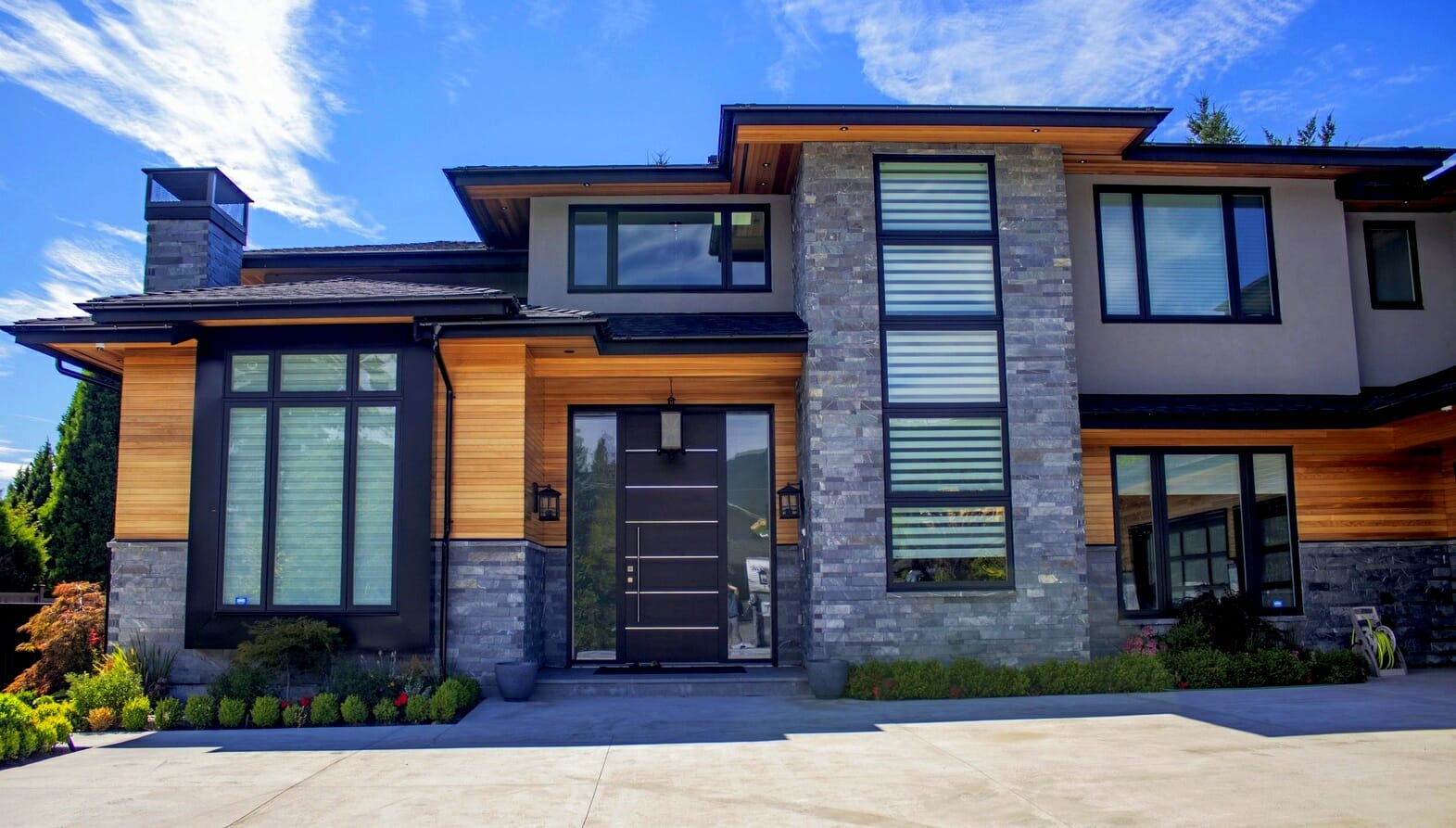
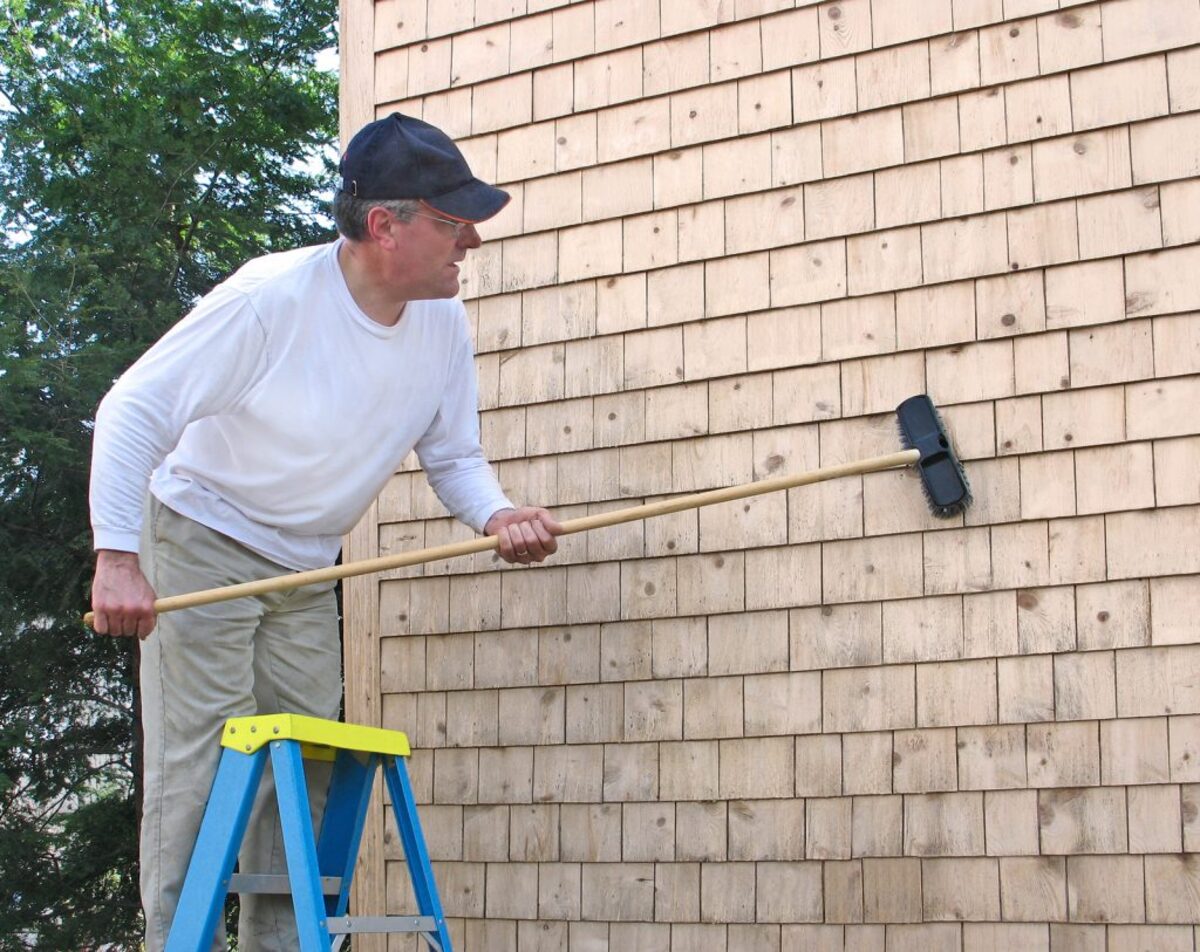
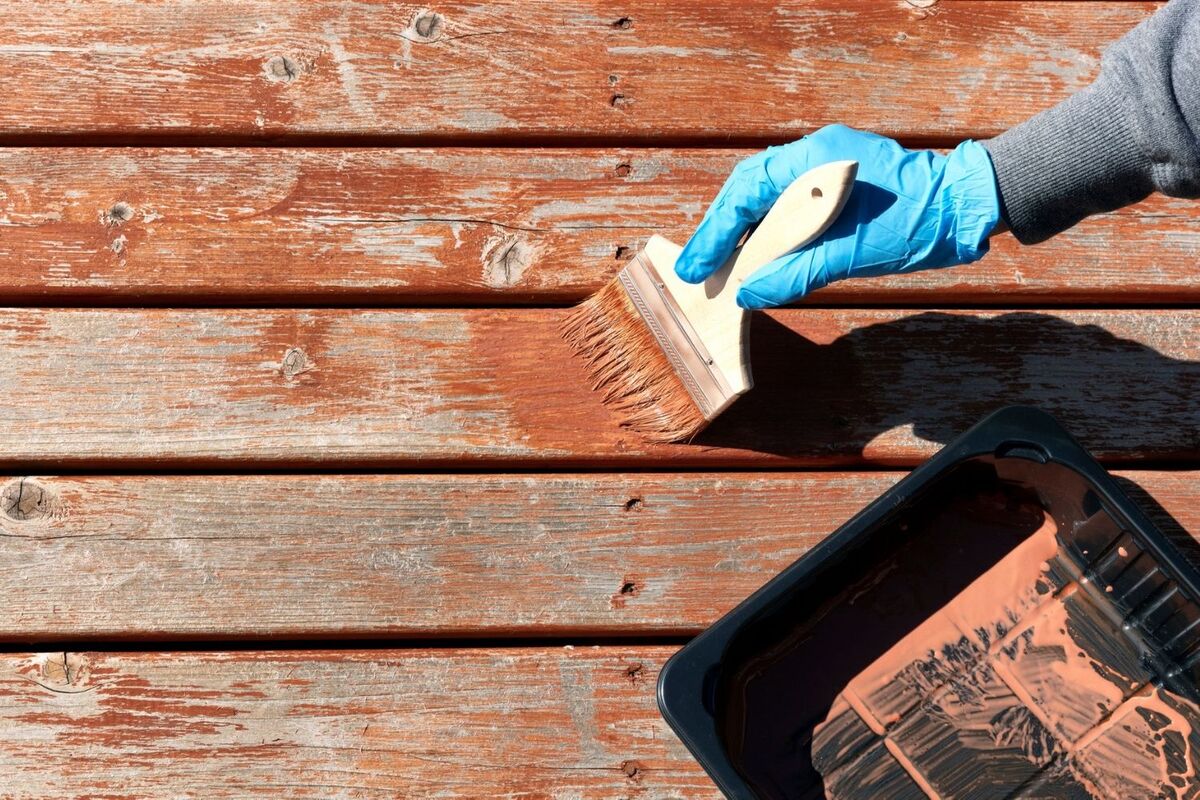
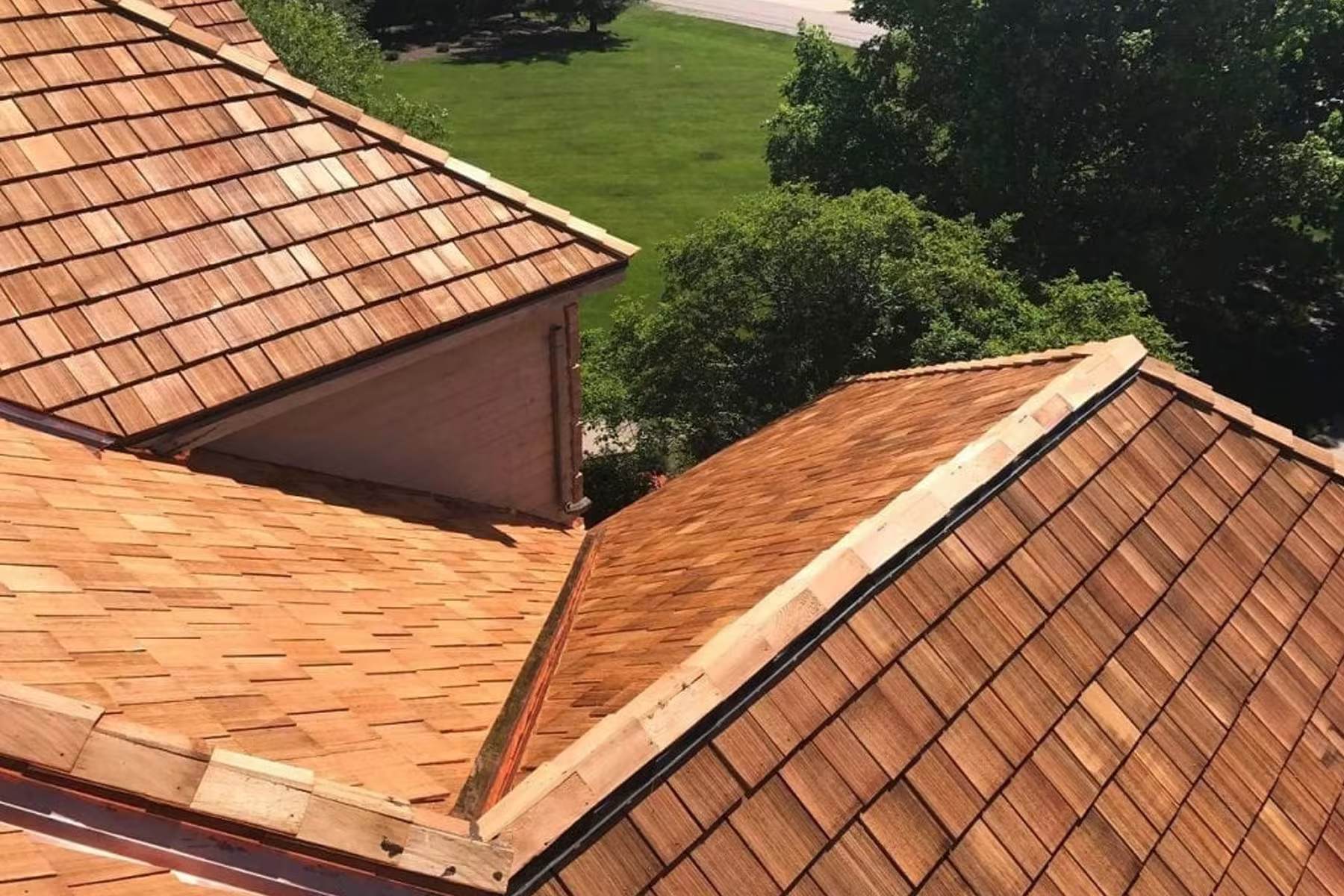
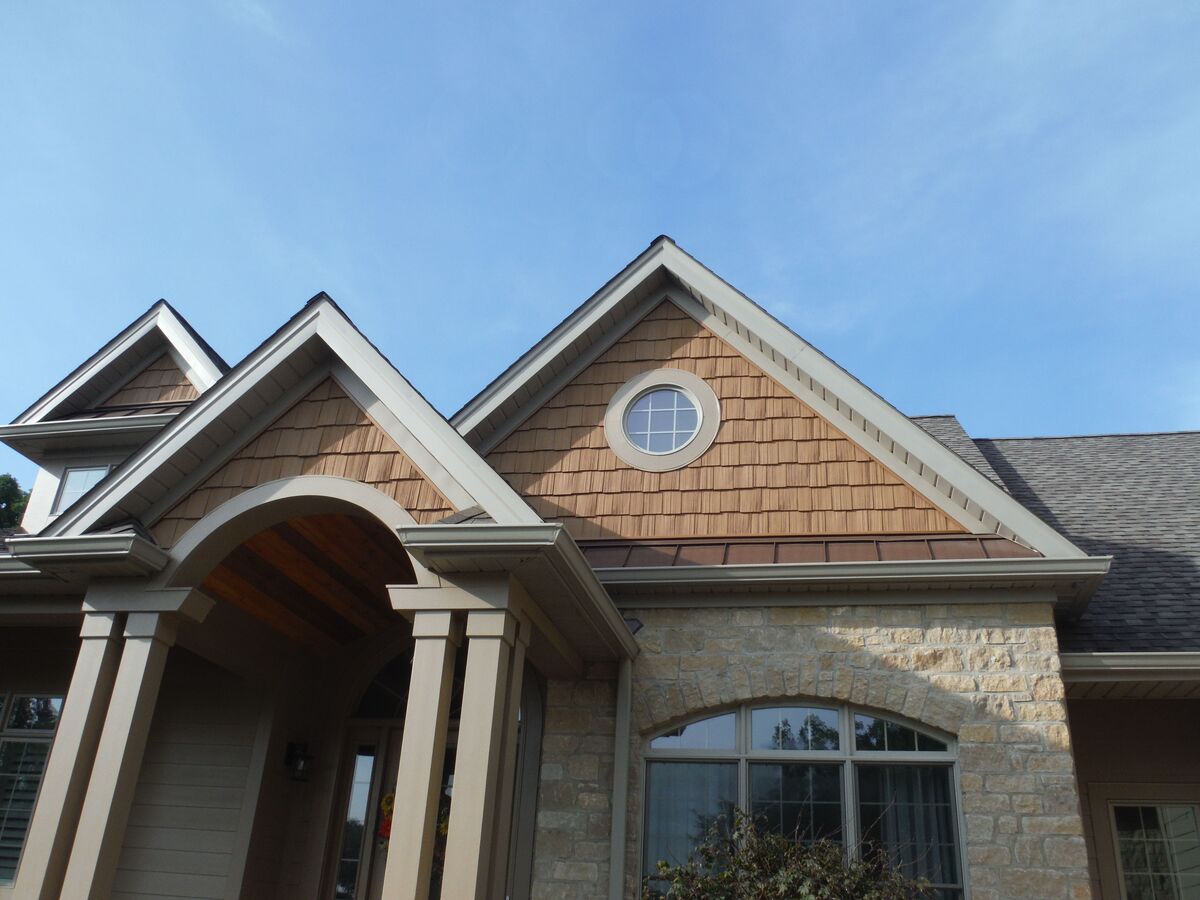
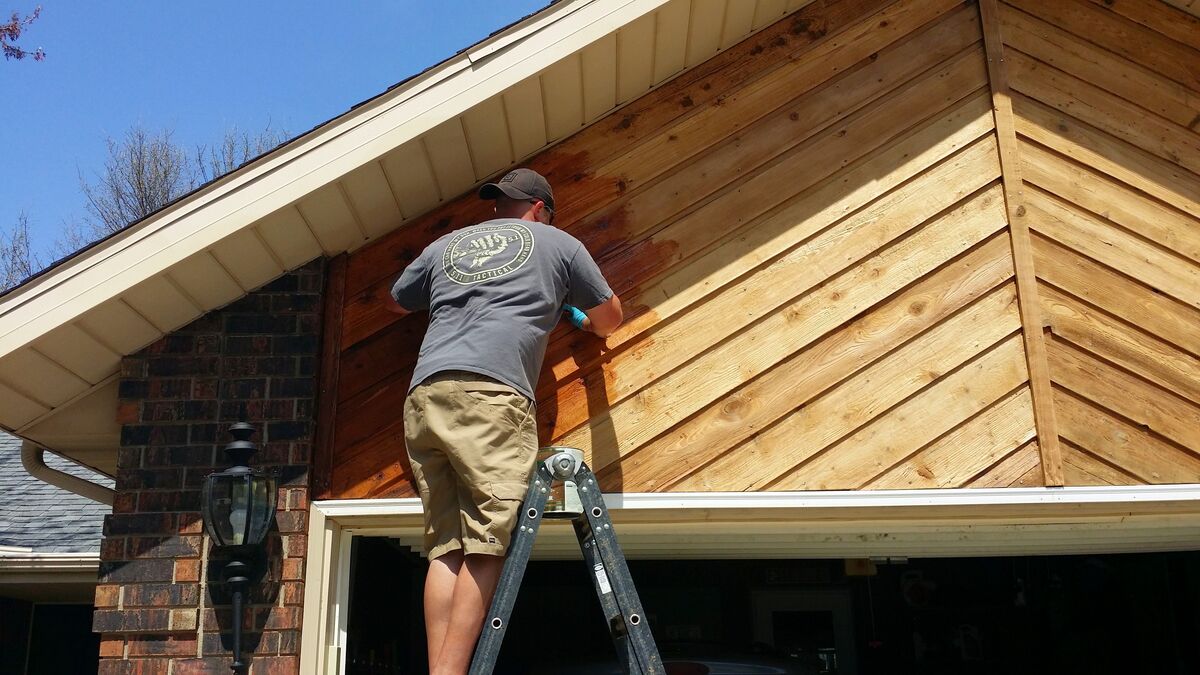
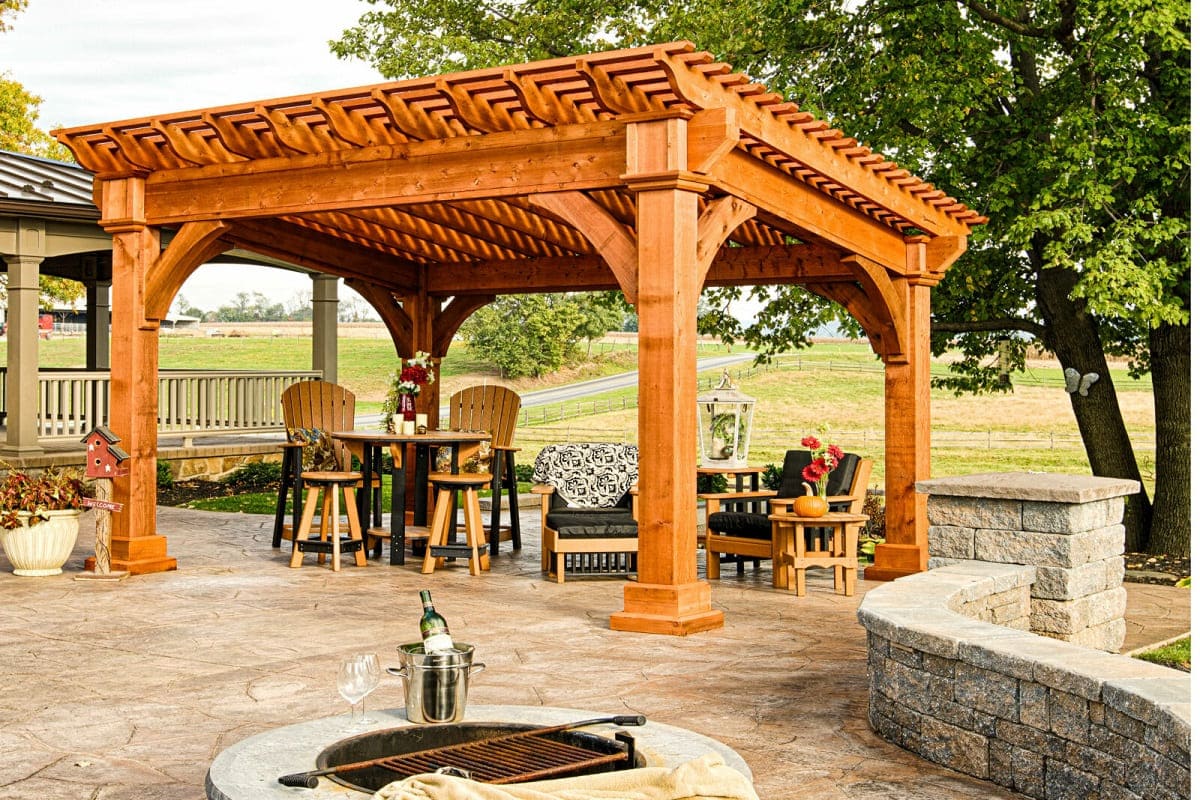
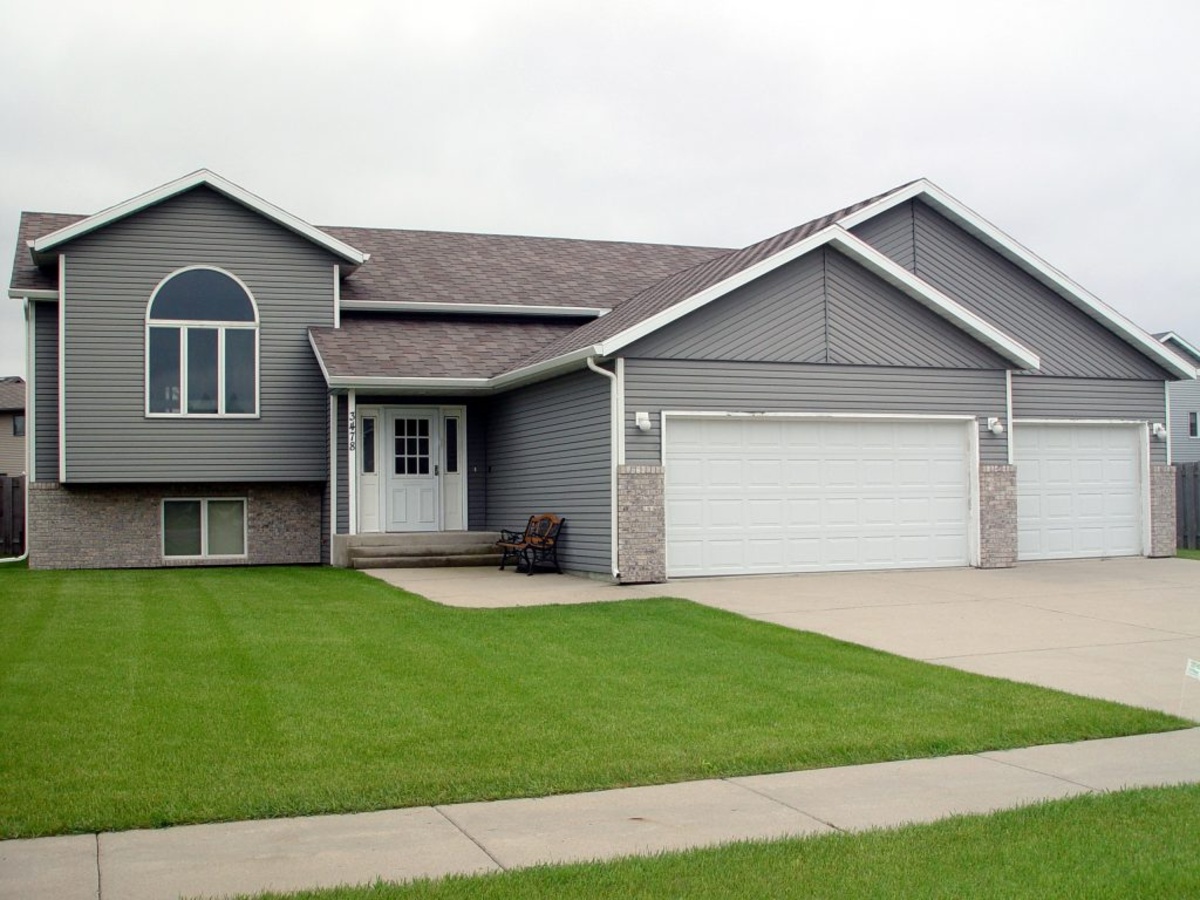
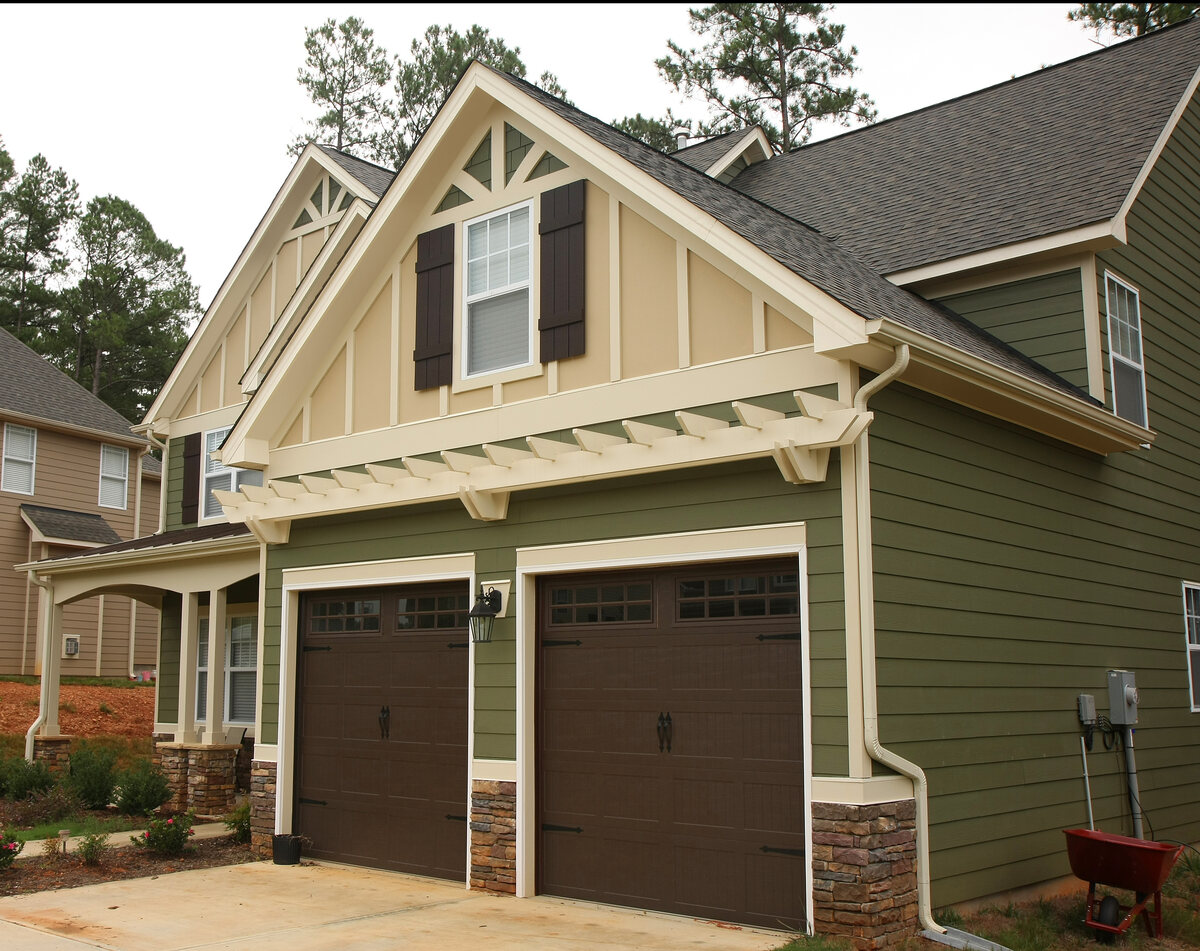
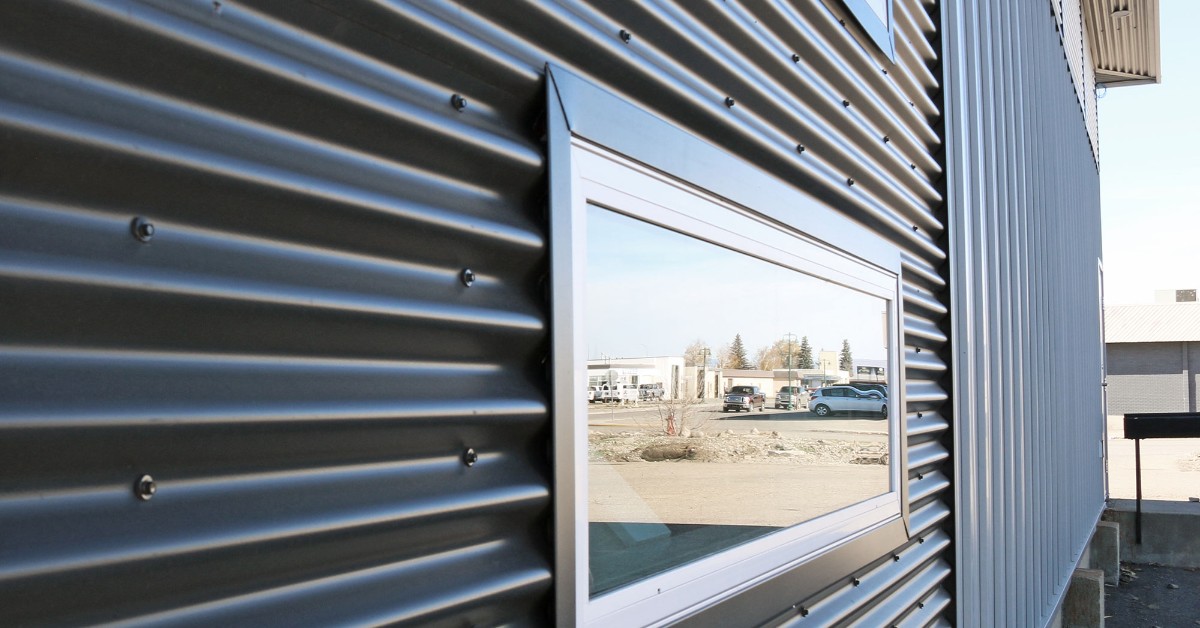
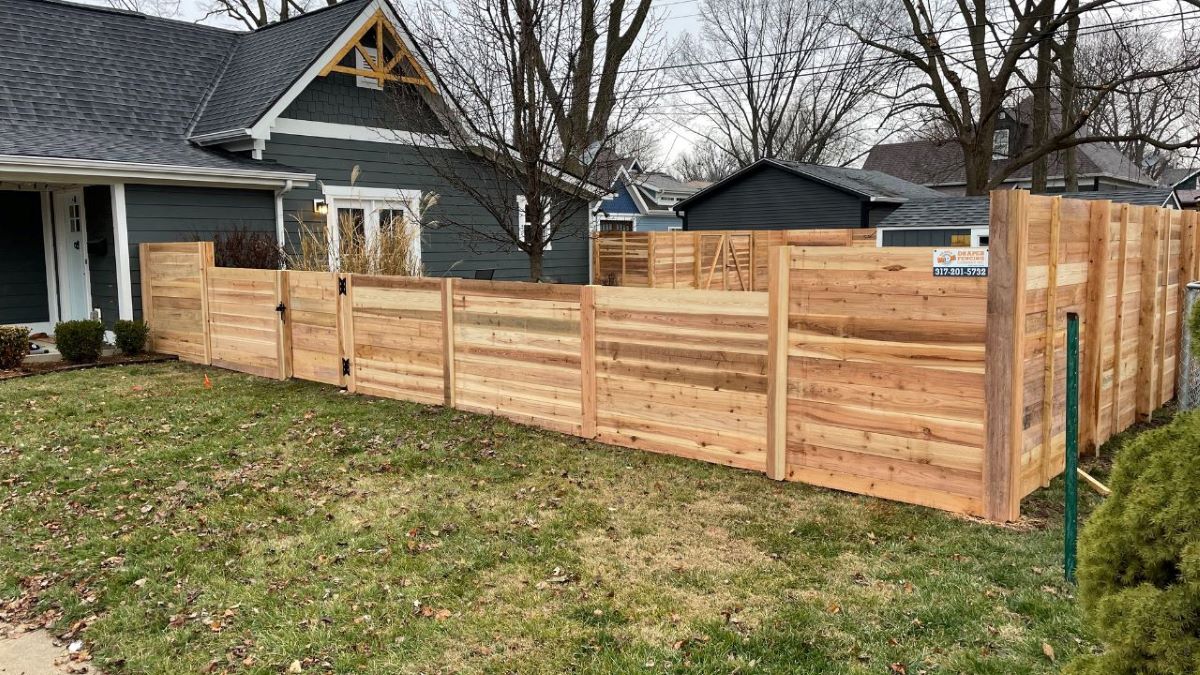
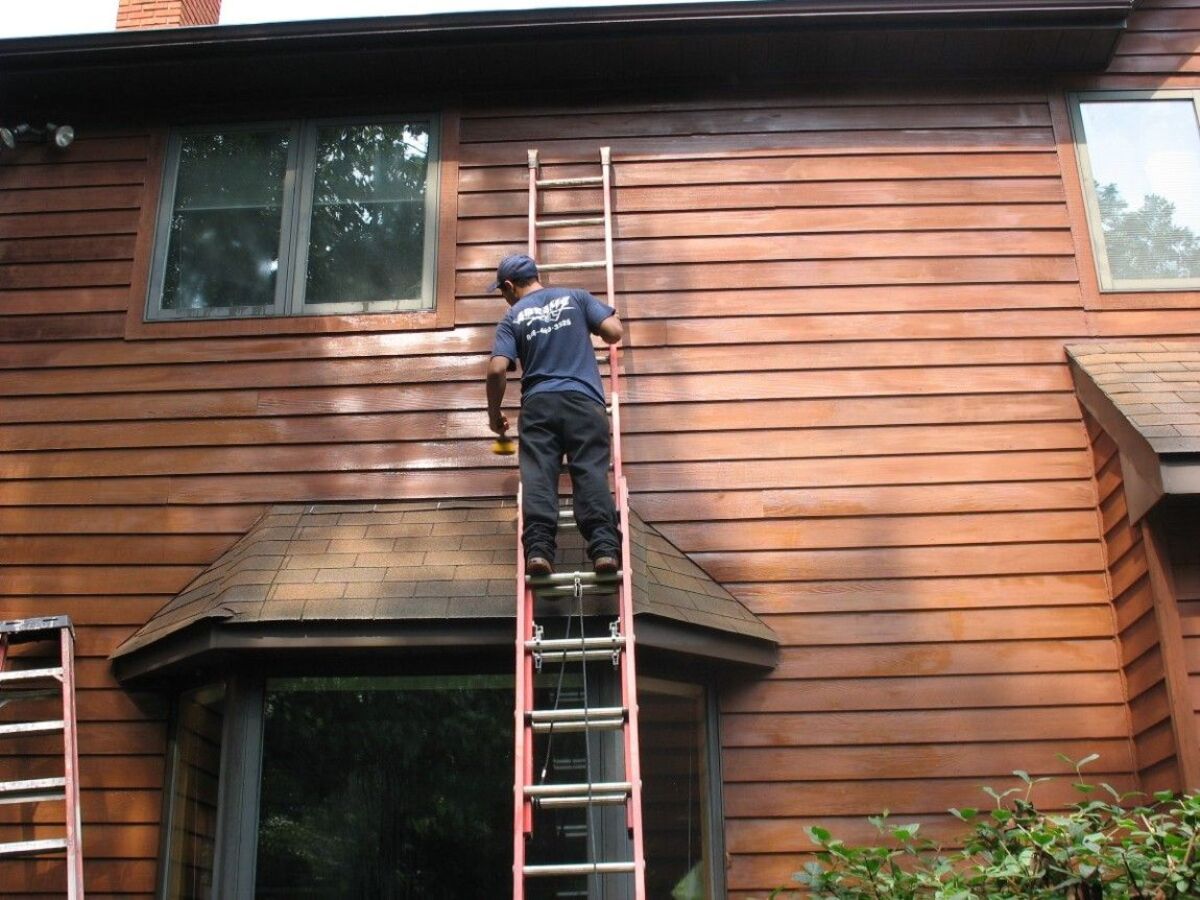
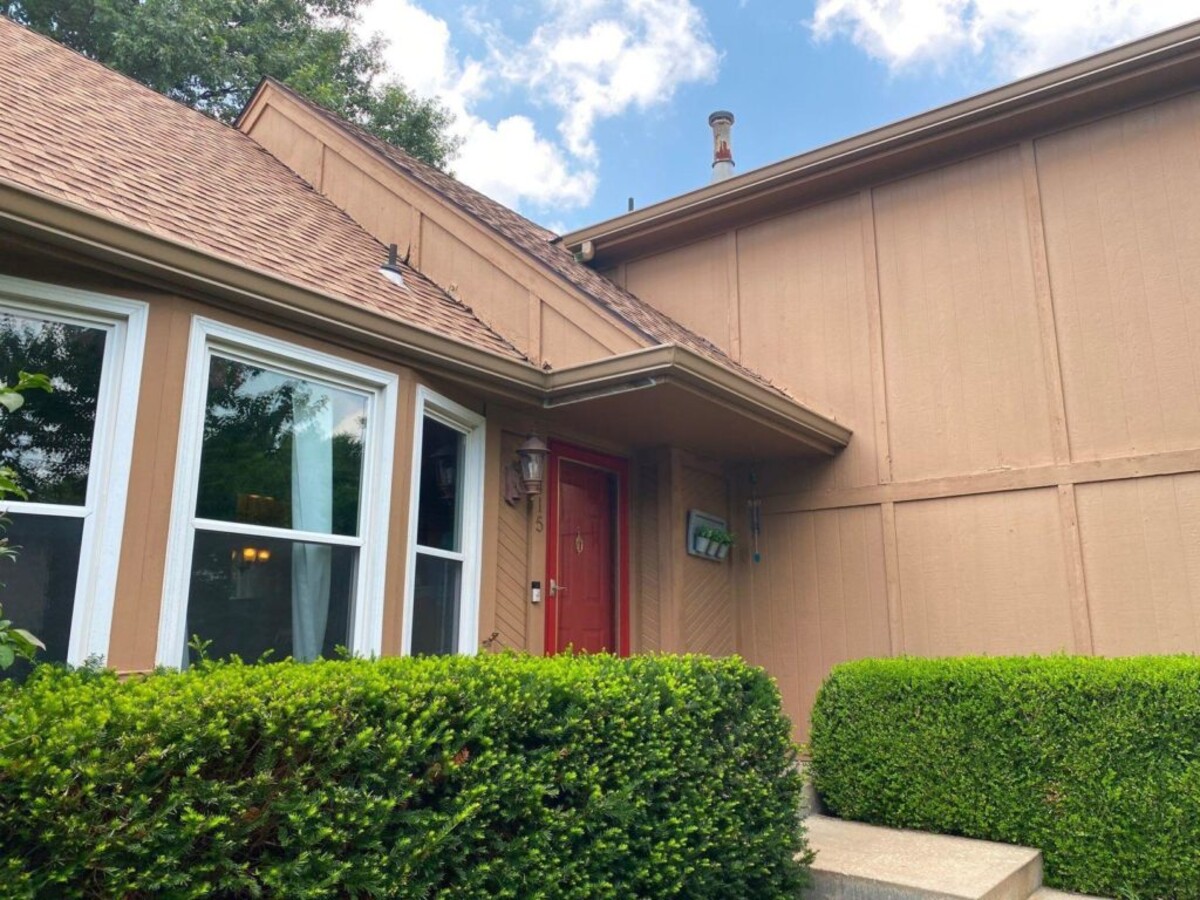
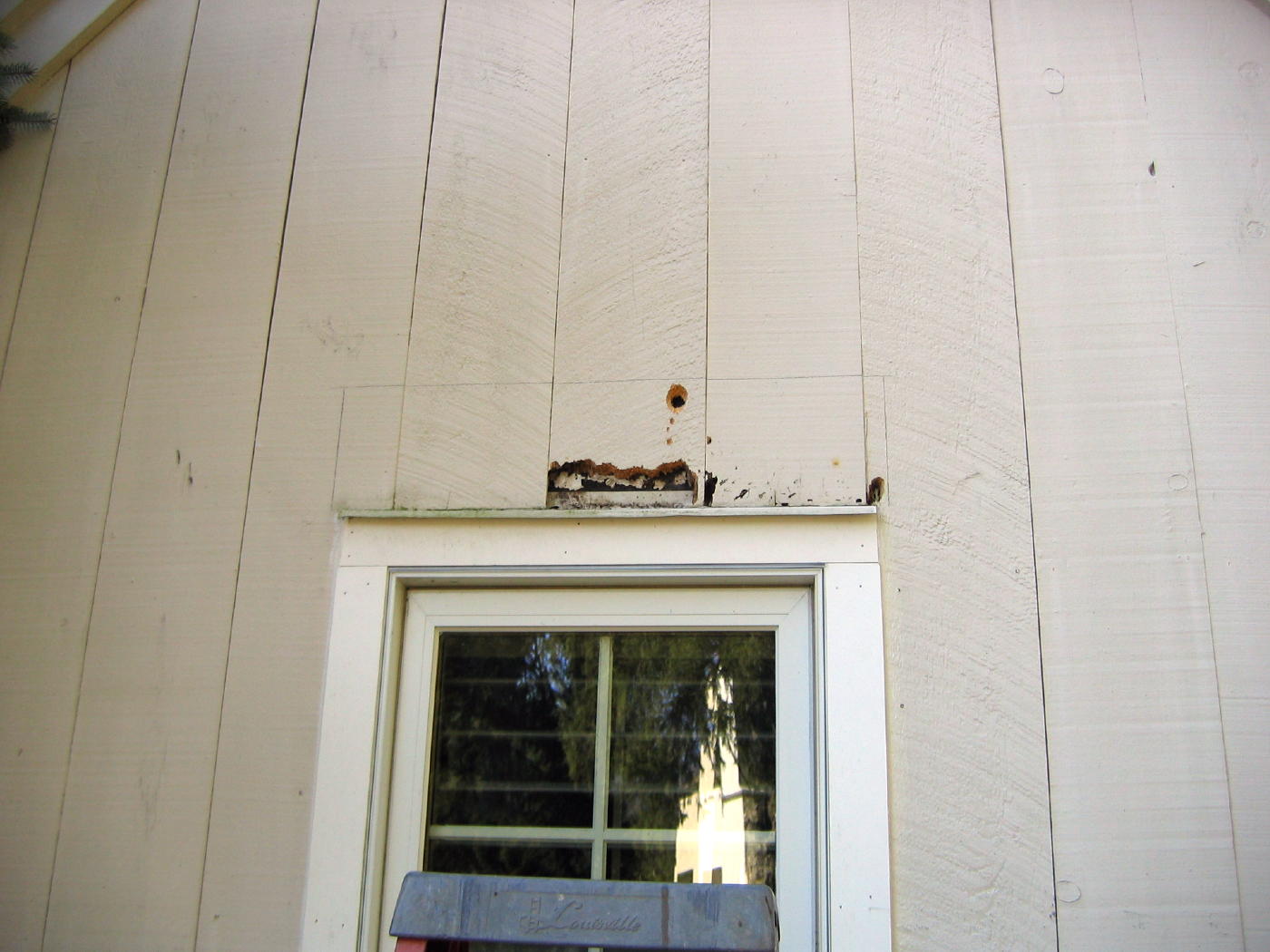

0 thoughts on “How Many Years Does Cedar Siding Last”